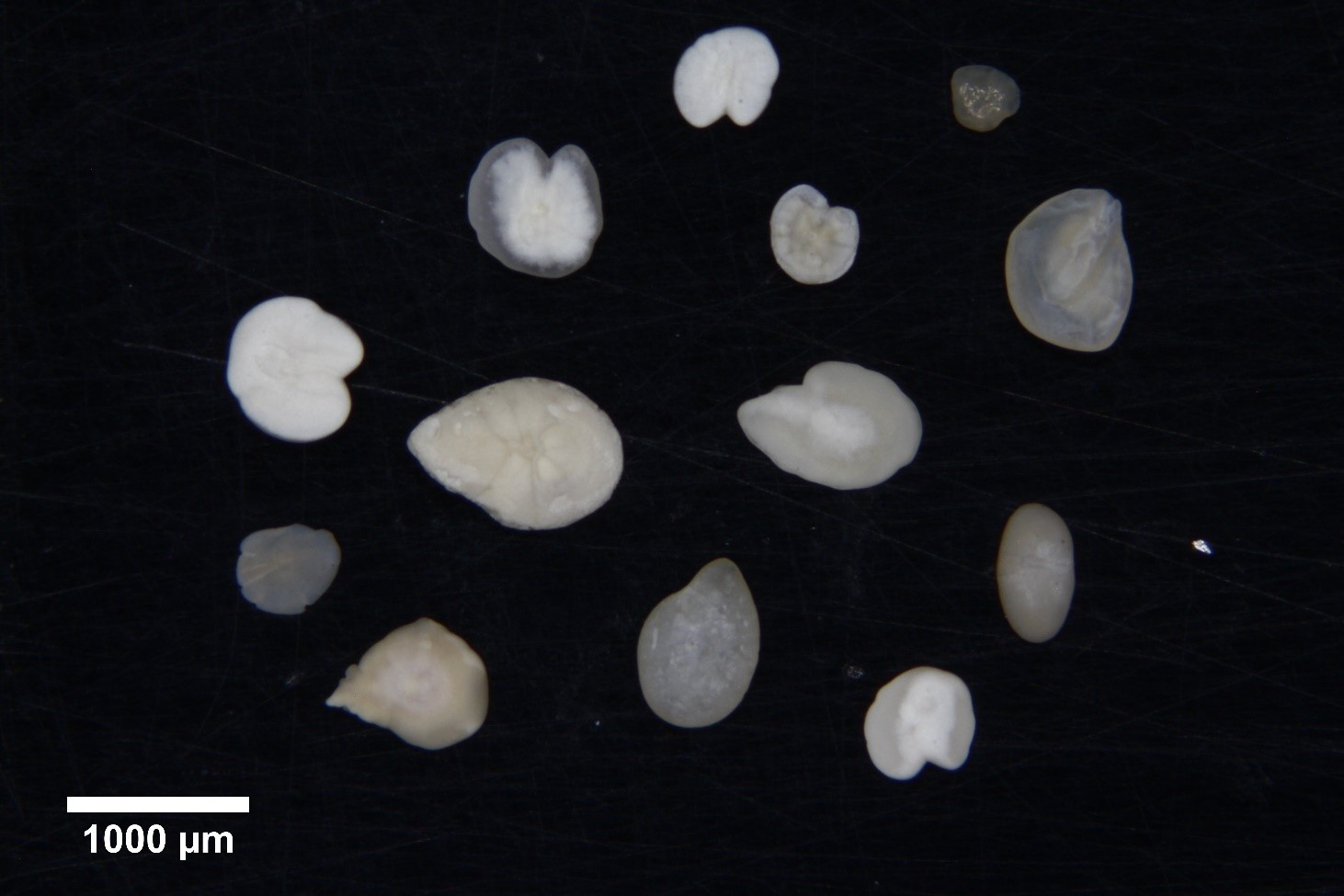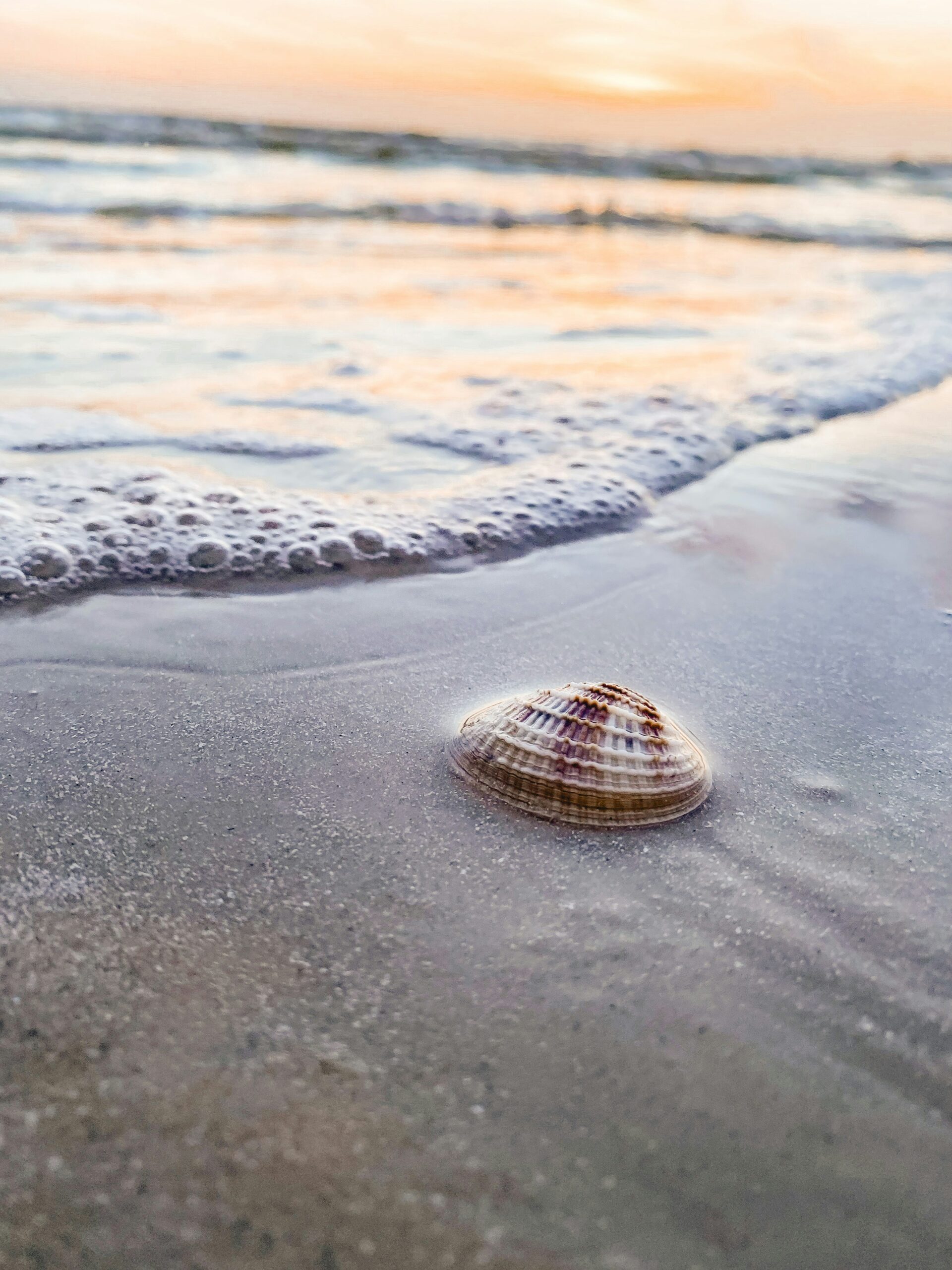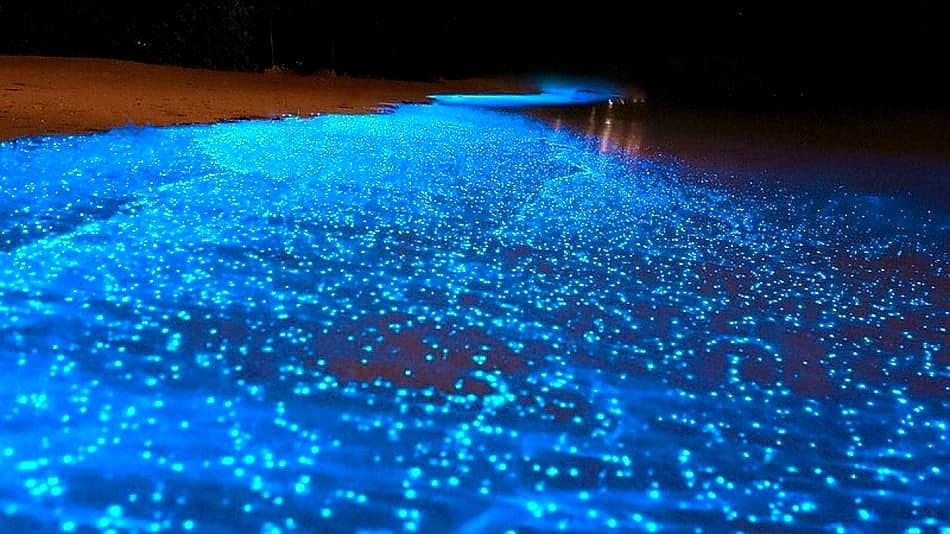Research Line
Plastic debris and microplastic dispersion
Tracking pollution from the land-ocean interface to the open ocean
Plastics are synthetic organic polymers, used worldwide in many products of different scales due to their low cost, ease of manufacture, versatility, and imperviousness in the water. Although this material has become indispensable in several aspects of modern life, the disposing of and the accumulation of plastic debris in the natural environment are now posing a serious threat to both biodiversity and ecosystem functioning. The routes for plastics to reach the marine environment are numerous as they can enter through inadequate plastic waste management, illegal dumping into the water, unintentional or accidental releases from vessels, and/or litter left behind on beaches. These plastics debris when exposed to different physical, chemical and biological processes in the natural environment break down and form smaller fragments known as microplastics (5mm – 1µm) or nanoplastic (below 1 µm). Plastic is by far the most prevalent type of marine debris found in the ocean and there is an urgent need of monitoring and quantifying the cycle of plastic and to understand their consequences on life.
Major research lines within this MERS topic are:
- Monitoring the seasonal variation of marine litter and microplastics on sandy beaches as an effect of tourism.
- Monitoring the source and fate of microplastics at the land-sea interface and the role of estuaries as transitory accumulation zones.
- Understanding the transfer of the microplastics from the surface ocean to the seafloor and their interaction with the food web.
- Modeling the dispersion of the microplastics from the land-sea interface to the open ocean.







